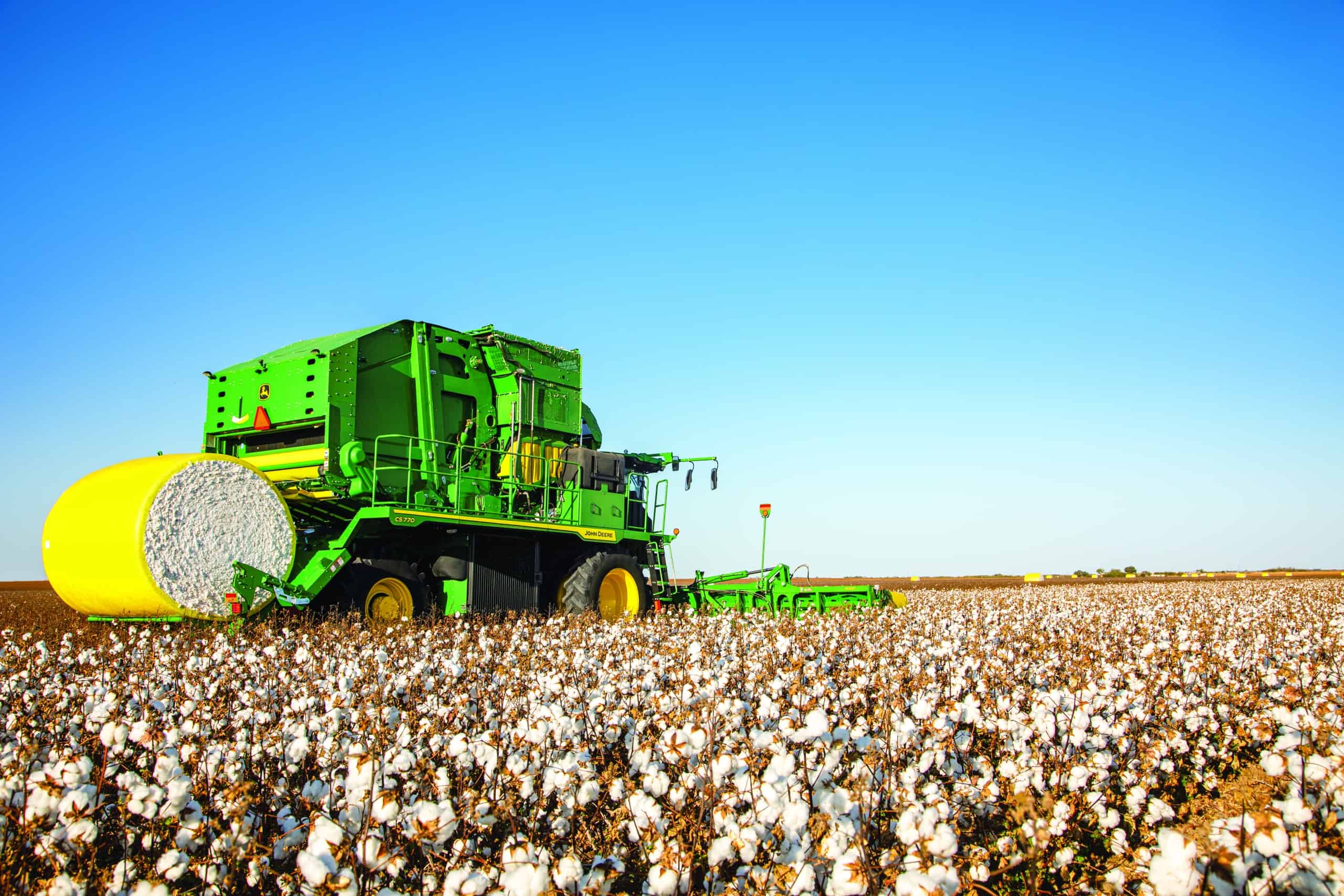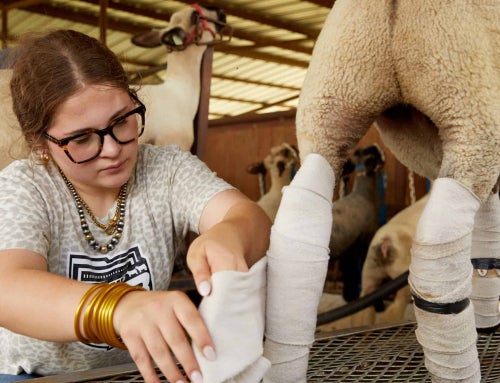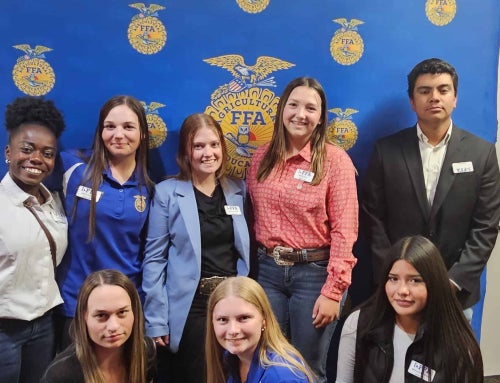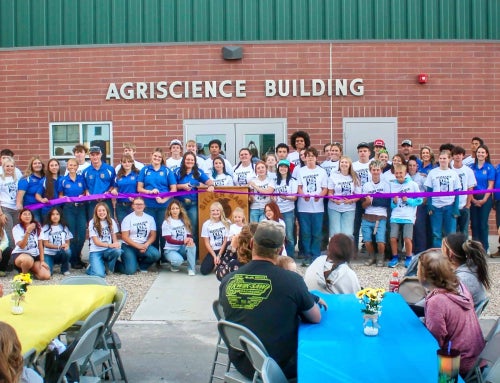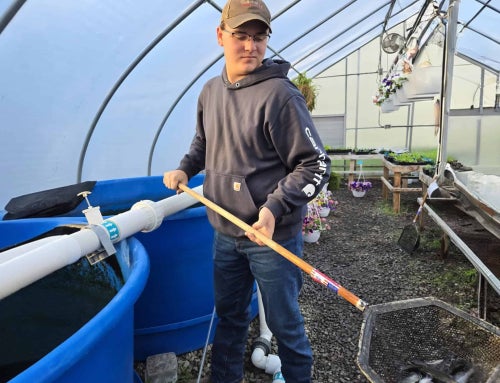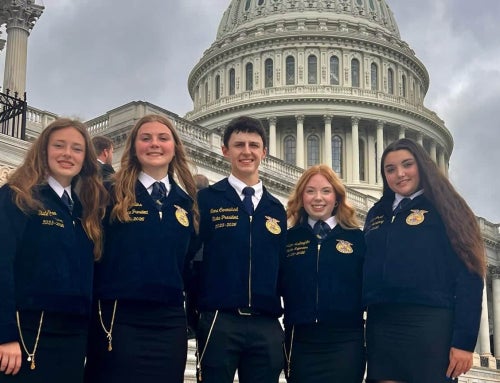It appears cotton is having a moment. And that’s understandable.
With its recent attention at the National FFA Convention & Expo and its high-profile appearance at the John Deere booth at CES — the world’s premier tech event — the cotton story is getting a little splash of the spotlight.
Considered one of the most complex crops to grow, cotton does not register with consumers — and those who follow farming — as much as corn or soybeans, Mary Logan Tostenson, product and system specialist, said because “there’s somewhat of an information gap.”
“And that’s too bad,” she added, “because there is so many interesting things going on in cotton — from technology to traceability to sustainability.”
What makes cotton even more dynamic, Josh Minor, cotton test lead, said, is that those three things are all interconnected.
“Cotton is probably the only mechanically harvested crop where you can trace where it came from right down to the acre,” he said. “That’s because of the technology we have at Deere and how our products can help cotton growers get the most out of their land.”
Tostenson and Minor pointed to the power of John Deere’s Operations Center™ and the company’s ability to work with customers on documenting sustainable practices when growing cotton and then getting the most for that yield.
“As more light gets shined on sustainability — whether that’s from the grower, the mills, textile producers — we have the ability to trace that cotton from the harvester to the gin,” Minor said. “It’s a neat opportunity where we’ll eventually be able to leverage our technology and let the end consumer know exactly where that shirt came from and how it was made.”
Learning about cotton
Tostenson, a former Colquitt County FFA member in Georgia, said two main factors contribute to the information gap around cotton: the size of the market and “all that it takes to grow cotton.”
“It’s just that whole educational piece,” Minor added. “At CES, I know part of the messaging will be around where your end cotton products come from. There’s a perception that food comes from the grocery store. It’s the same thing in cotton, that shirts and jeans come from the back of Walmart or Target.”
What makes cotton complex, Tostenson said, is its unpredictability. To efficiently harvest the crop, it is managed like an annual in order to enable harvesting all at one time, she said.
To effectively “manage” a cotton field into a fruitful crop, growers must apply various nutrients and chemicals to the plants throughout the growing season. In total, it’s typical to have 11 nutrient and chemical passes in a field per growing season.
This is where John Deere See & Spray™ technology comes in. See & Spray can reduce spraying inputs considerably for cotton growers and lower the amount of contact herbicides applied in cotton production by up to 70%.
Minor said that while there are 10 million acres of cotton grown in the U.S. — compared to 90 million acres of corn — the numerous spraying passes cotton requires means that 2.5% of planted acreage accounts for 25% of the total pesticide spend in the U.S.
“There is so much technology Deere has that helps cotton growers with See & Spray and what our ExactEmerge™ planters can do to help the plant become a little less unpredictable,” Minor said. “Then, you add in what can be traced from the Ops Center, and it makes for a very exciting time to be in cotton.”


